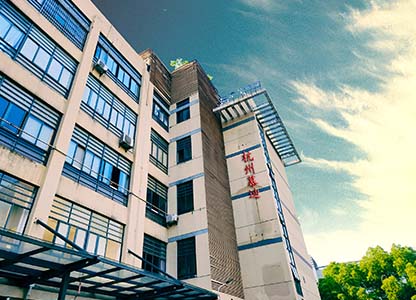Due to the low temperature in winter, however, biological nitrogen removal is also sensitive to environmental conditions and is easily affected by temperature changes. We understand that the normal temperature of most organisms is 20~35 degrees Celsius, low temperature it will affect the enzyme activity in microbial cells! However, the inhibition of microbial activity at low temperatures is different from that at high temperatures. It does not have a devastating effect, and it usually returns to normal as the temperature recovers. In this chapter, water quality online monitoring instrument manufacturers will understand together with you how to do if ammonia nitrogen in winter sewage is not up to standard? There are several ways:
Heating
The use of heating methods is actually limited, because these methods will increase the operating cost of sewage treatment. And the measures adopted by some cities in the north:
1.The walls of aeration tank and secondary sedimentation tank are insulated with foam insulation board, the external brick enclosure (filled with slag, expanded perlite, etc.) structure, and the top of the pool is capped with insulation measures;
2.The air preheating room is set on one side of the blower to preheat the cold air of -10 ~ -20℃ in winter to 5 ~ 8℃; The air pipeline is provided with a pipe gallery, which is convenient for heat preservation treatment;
3.Appropriately add some hot sludge (including return sludge);
4.Use hot steam to heat the sewage entering the aeration tank.
Improve Mud Age /MLSS
In winter, microbial increment is relatively slow, and if it is an autotrophic bacteria, its nitrifying bacteria will increase more slowly. Then, increasing the age of the sludge can keep the nitrifying bacteria within a certain range, and under the premise of decreasing bacterial metabolic capacity, increasing the age solubility of the mud can keep the total sludge metabolic capacity stable.
Biological Immobilization (fillers)
After immobilization treatment, it can improve the stress resistance of microorganisms, and can also withstand changes in the external environment to ensure the stability of activity. In addition, the retention ability of microorganisms will be enhanced after embedding, so it is likely to achieve rapid start-up and stable operation of the reactor with high efficiency. The effect of stable changes on nitrification can be reduced by immobilization!
Domestication
In simple terms, domestication is a very old-fashioned breeding method that treats a certain microbial population for a long time under a certain environmental condition, and at the same time continuously transfers them through species to accumulate and select suitable spontaneous mutants. Microbial domestication is an important measure in the low temperature environment of nitrogen removal process, so that the enzymes and lipid composition of the cell membrane in microorganisms can adapt to the low temperature environment, and can also play a role in low temperature conditions.
If you need to know about the relevant water quality monitor, you can pay attention to Hangzhou Moody Technology!




